GROW crates
OUR APPROACH
WOOD
PACKAGING
Wood is a natural, renewable resource that has been used since many generations.
Wood is not only used for furniture, houses, etc., but also to produce crates, pallets, fruit and vegetables crates, baskets and many other wood packaging in different sizes and for many uses.
Wooden packaging is strong, light, natural, healthy and easy to be recycled. The production possibilities are very flexible and able to fulfill clients needs.
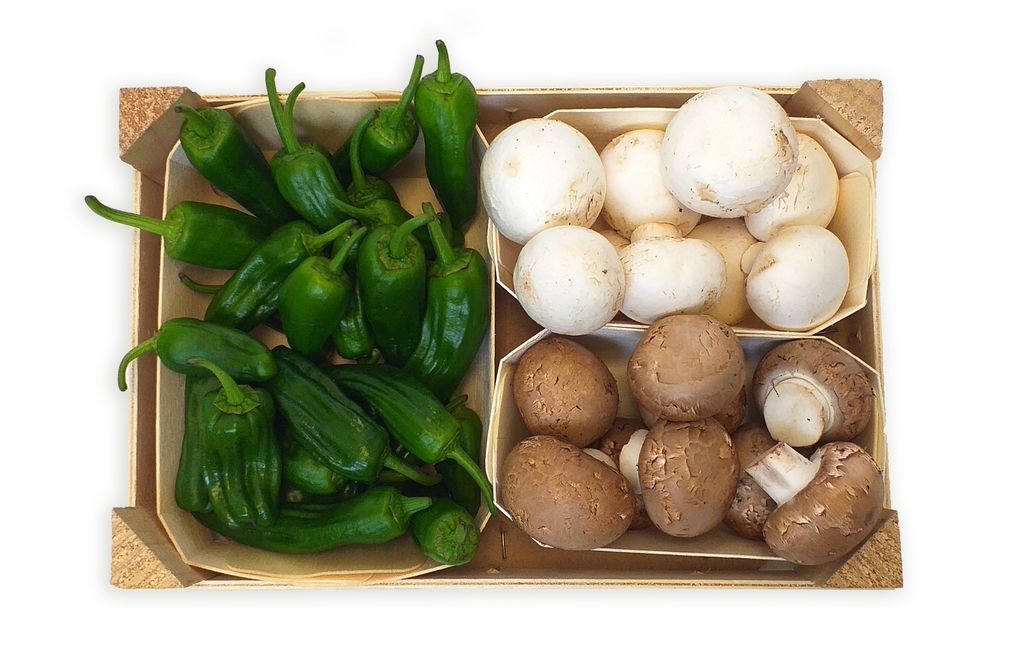
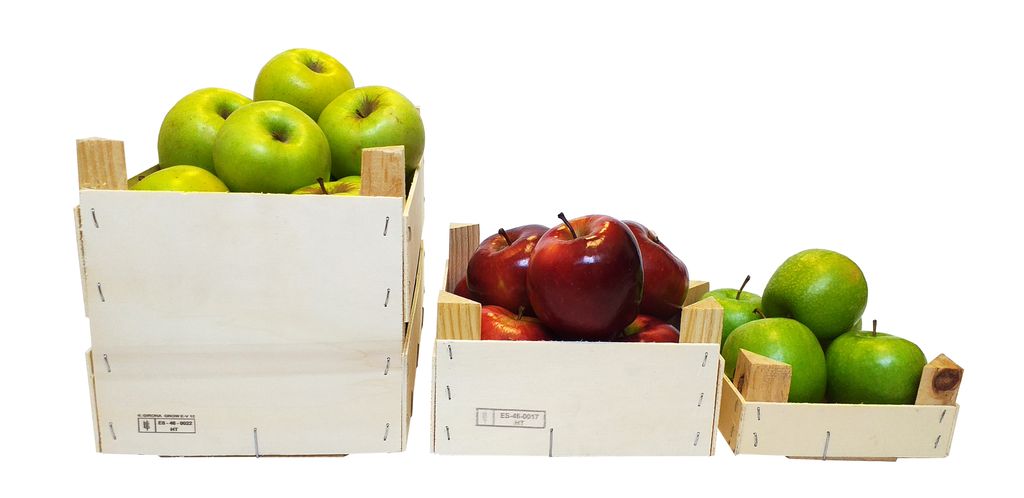
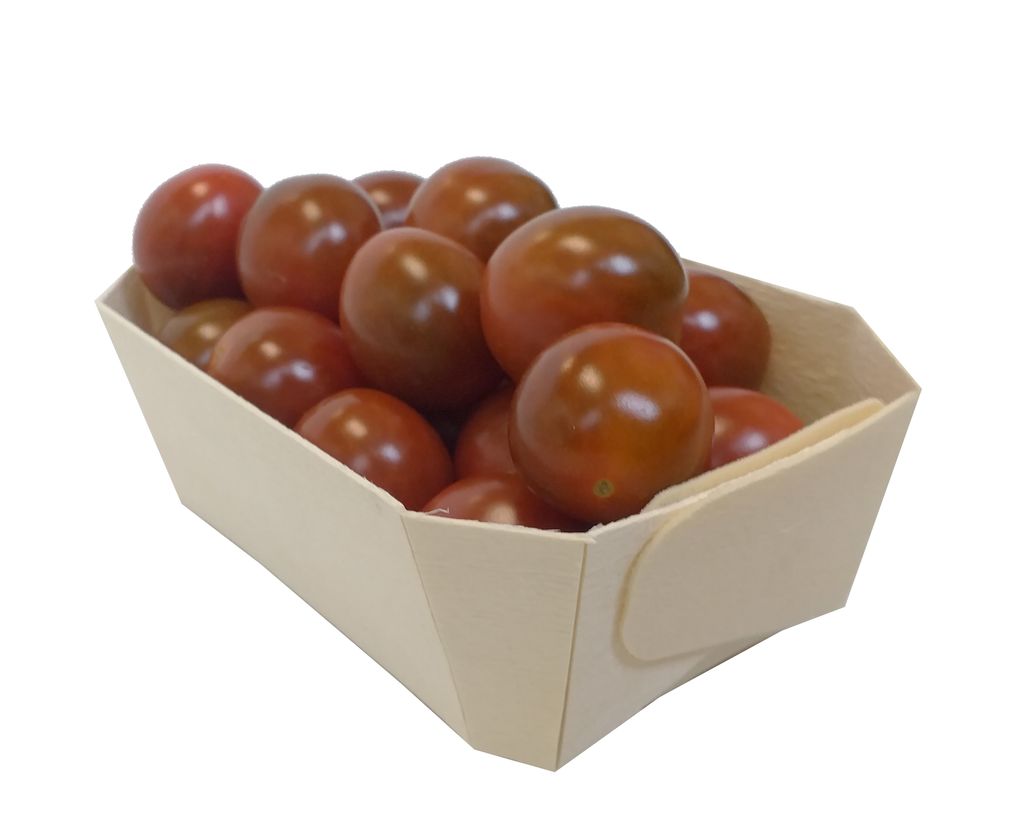

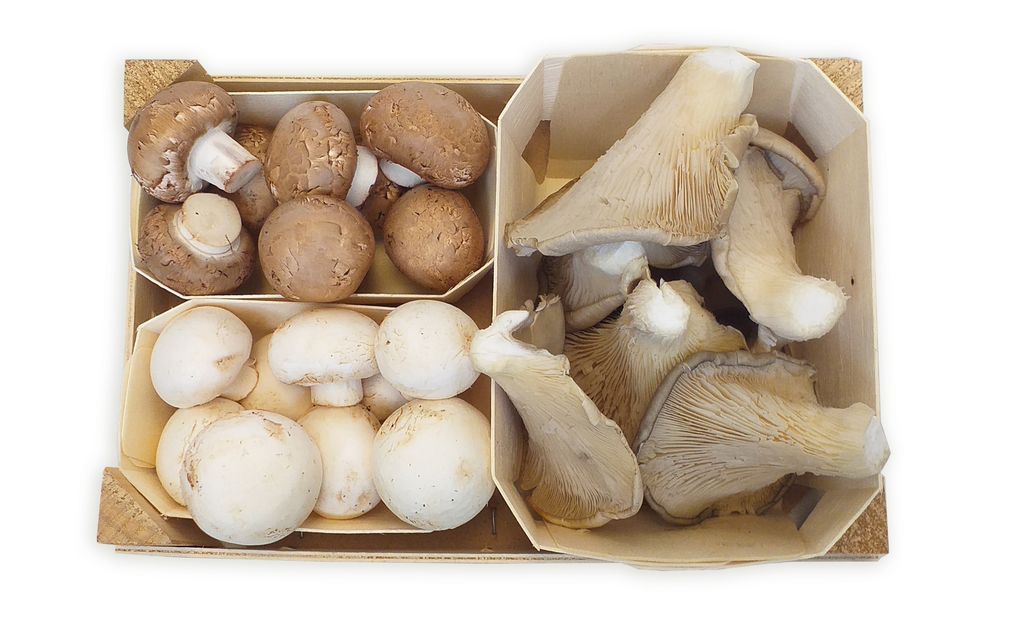
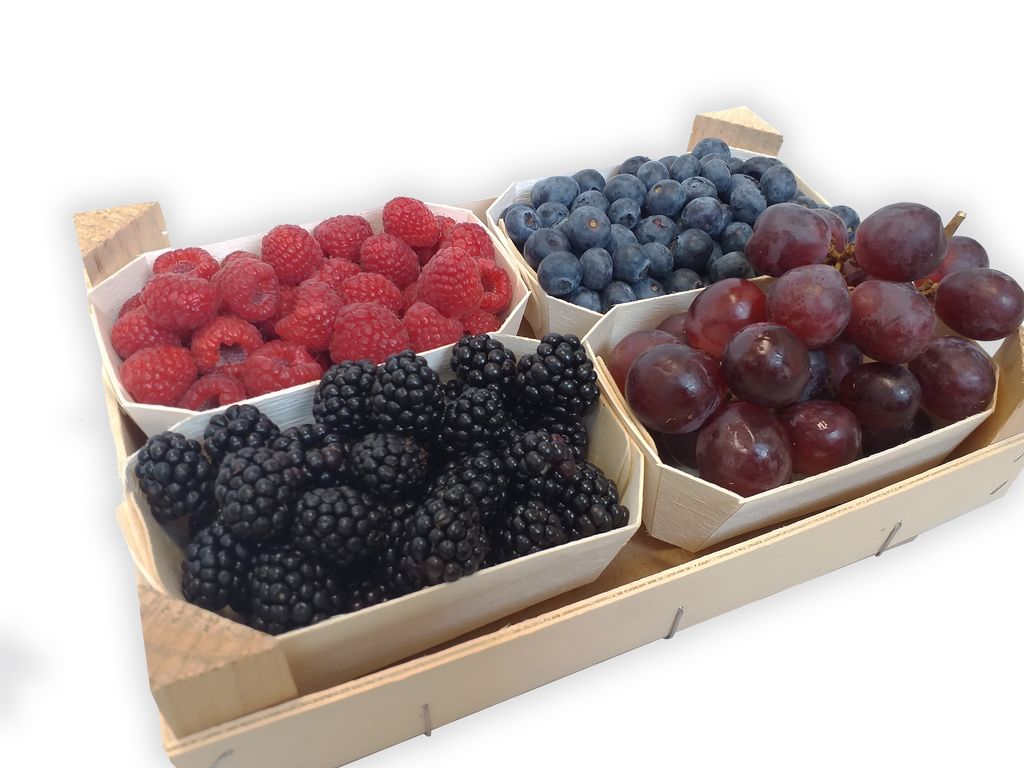
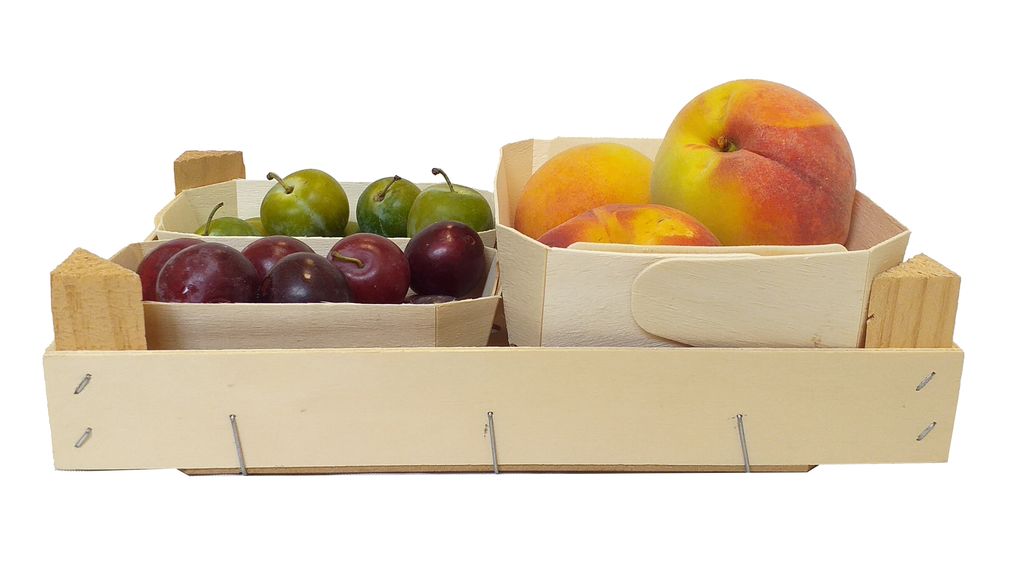
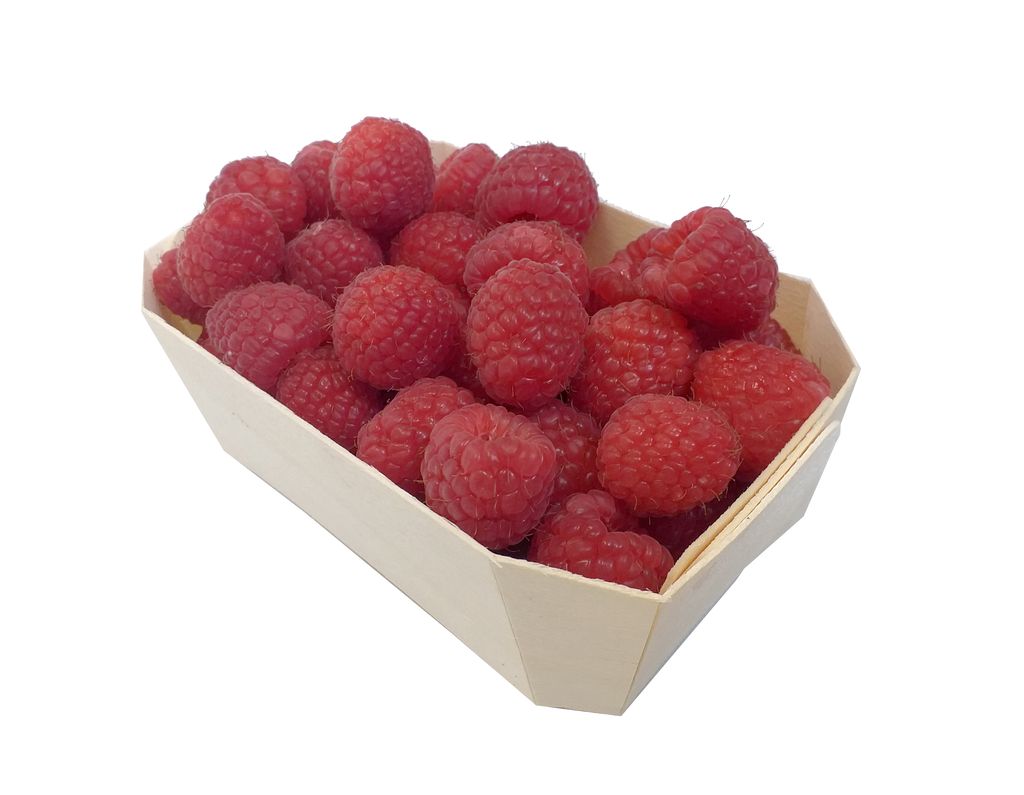
NATURAL MATERIALS
QUALITY
What are the advantages of natural materials as wood packaging material?
Since a long time packaging made of a natural wood is used for natural products such as fruit, vegetables, fish and meat. Due to the perishable goods, especially the fruit trade needs packaging that are:
- Breathable
- Keeping moisture without wettness
- Elastic and yet stable
- Optimizing the cooling and thus contributes different weather conditions
- And are easily and well-stocked and can be transported efficently.
SCIENTIFIC EVIDENCES
HYGIENE
Wood has traditionally been used to prepare, package, preserve, present, store and transport food -fruit and vegetables, fish and seafood, wine and spirits, oil,cheese and dairy products, meat and sausages, bread and confectionery, nuts and dried fruit, etc.- coming directly or indirectly into contact with the produce.
Wood is highly suitable to be used in direct contact with food and this is demonstrated by the fact that it is not only used for containers and packaging, but also for other commonly used items: chopping boards and countertops, kitchen utensils and household items, skewers, chopsticks and cocktail sticks, ice lolly sticks,wine barrels, etc.
All this is the result of combining a good fine raw material that is harmless,found in nature and is sustainable, with the commitment of the woodtransforming sector to health legislation and protecting the health of consumers by manufacturing useful and safe products.
Scientific Evidences
The porous nature of wood is not a limitation as far as hygiene is concerned, and wood even has the particular characteristic of containing antibacterial inhibitors of pathogens.
You can get evidence of that in the prestigious scientific journal of the Institute of Food Technologists in Chicago (USA), “Comprehensive Reviews in Food Science and Food Safety” in its article titled: “Microbial Safety of Wood in Contact with Food: A Review”
Besides, recent research carried out in France and Spain confirms once again the antibacterial properties of wood from black poplar and pine trees, and harmless migration of natural volatile compounds.
That is shown in the conclusions of vast research carried out by the French consortium “EMABOIS” led by F. Aviat and M. Federighi, has given rise to various doctorate theses and scientific articles.
Microbiology conclusions reached by EMABois are also in line with the work on fish crates that was carried out in Spain by José Juan Rodríguez Jerez from the Faculty of Veterinary Medicine of Barcelona.

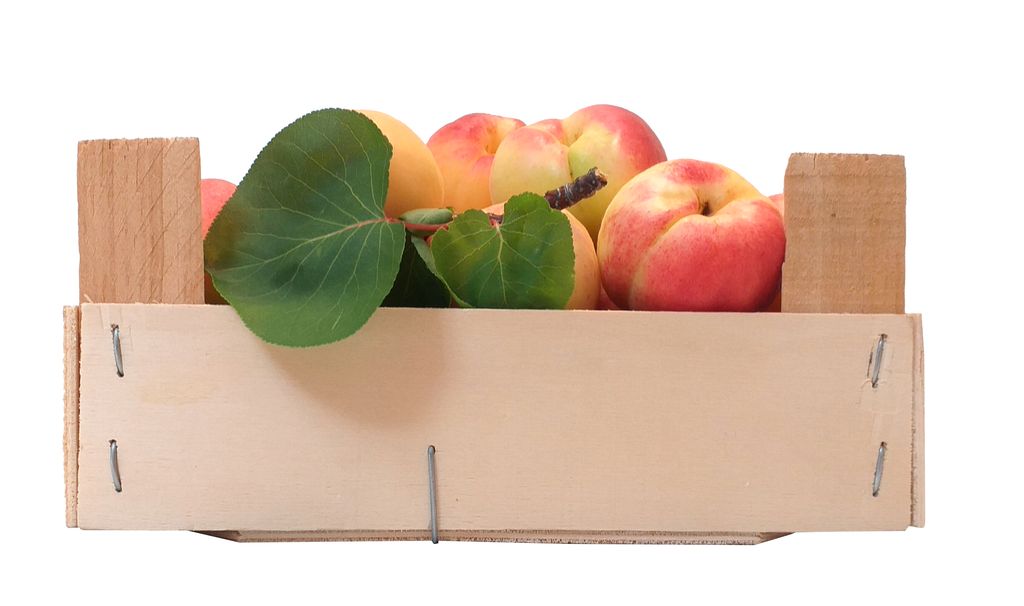

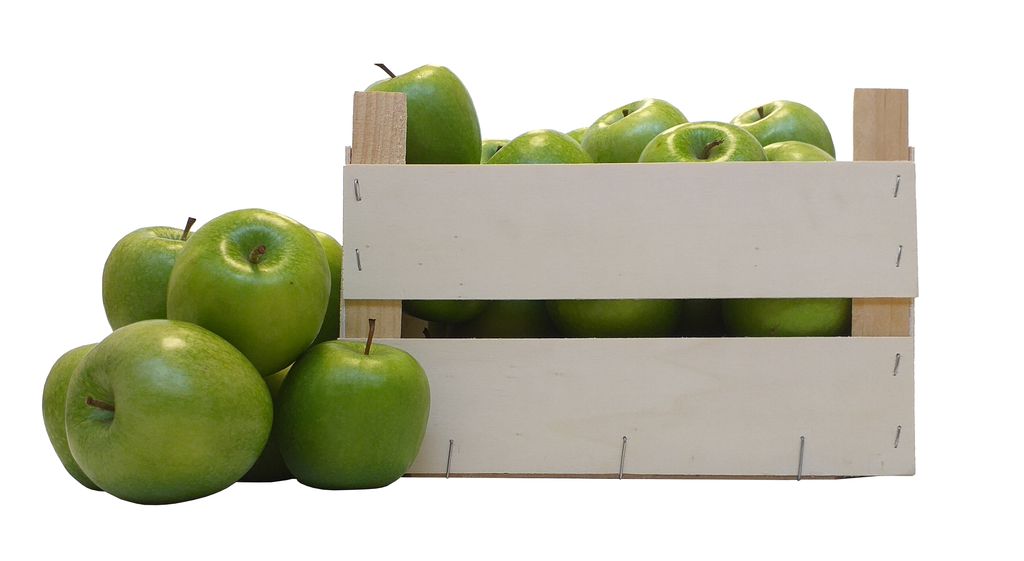
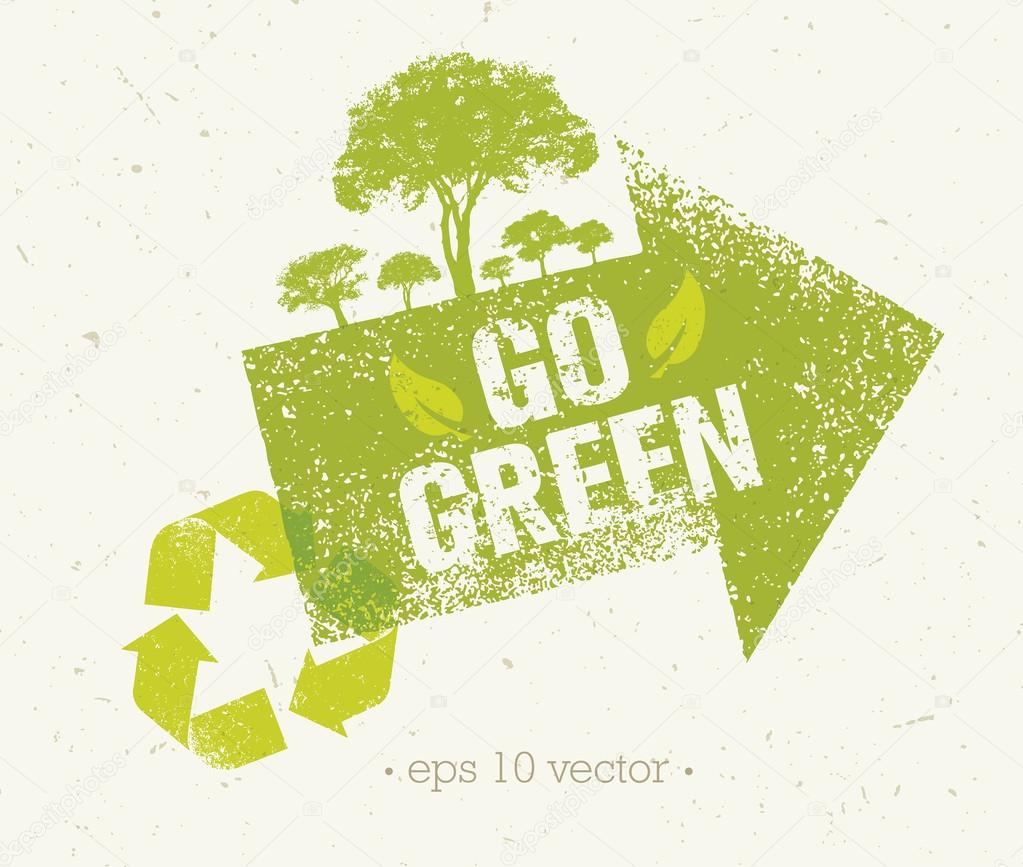

RECYCLING
ENVIRONMENT
Wooden packaging material are mostly produced from fast growing trees like poplar wood and pine.
For special purposes, e.g. to pack luxury products often wood with a pronounced texture and striking color is used such as birch, lime and maple.
Wooden packing and pallets are produced by purely mechanical processing, so that their is a low energy need and no water is consumed. The primary energy demand for the production of products made of plastic is about 30 times higher than for wood. This primary energy is also mostly from fossil fuels, carbon dioxide content of the atmosphere and thus increase the greenhouse effect. Producers of wooden packaging often use their own wood-waste to produce energy. Both are key benefits of wood in comparison to other packaging materials.
GROW guarantees crate quality and recyclability. Its mark, world wide registered, identifies the crates that have been manufactured of grown wood, poplar plywood and magnetizable staples. Only GROW guaranteed crates are marked with the GROW logo and a license number that identifies the manufacturer, allowing traceability.
RECYCLING
GROW wooden crates, once used, are pressed to make stocking and transport more profitable. Afterwards a single recycling process just involves grinding once eventual non-wood wastes (except from staples) have been removed. At the same time, loose staples or the few still fixed to the chips are separated by means of a electro-magnet.
So, recovery companies transform a waste material in a clean and profitable raw material for the recyclers.
Recyclers can, then, make an eventual second chip grinding to get a new raw material to manufacture other wood sub-products like: chip board, coal bricks, cattle beds, sawdust, organic soil, etc.
GROW guaranteed
crates are marked with the GROW logo and a license number that identifies the manufacturer, allowing traceability.